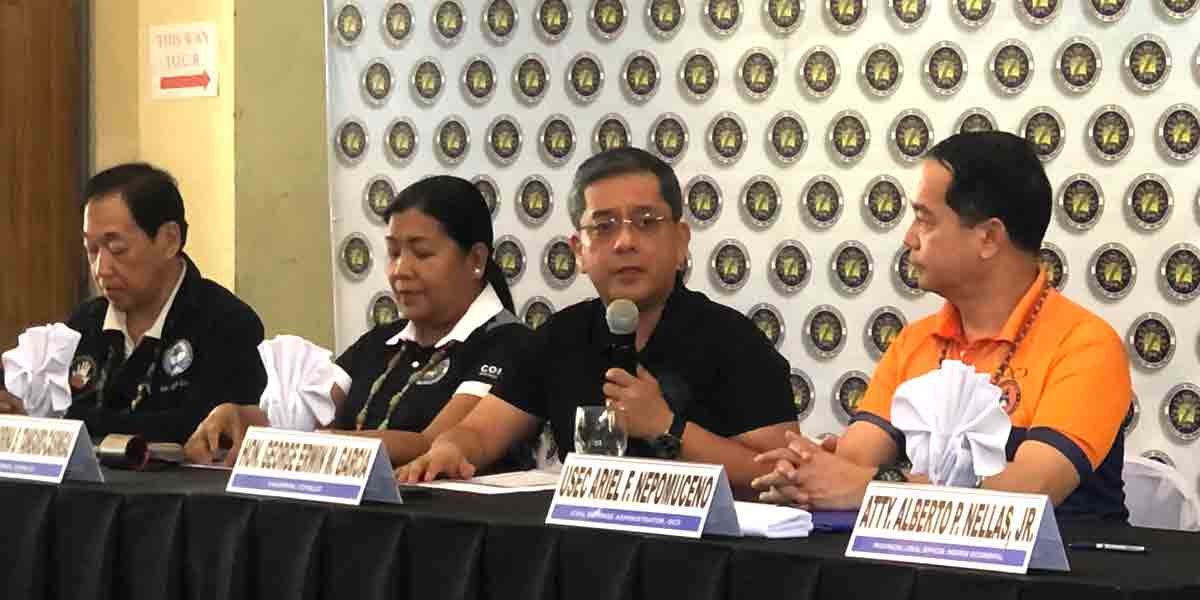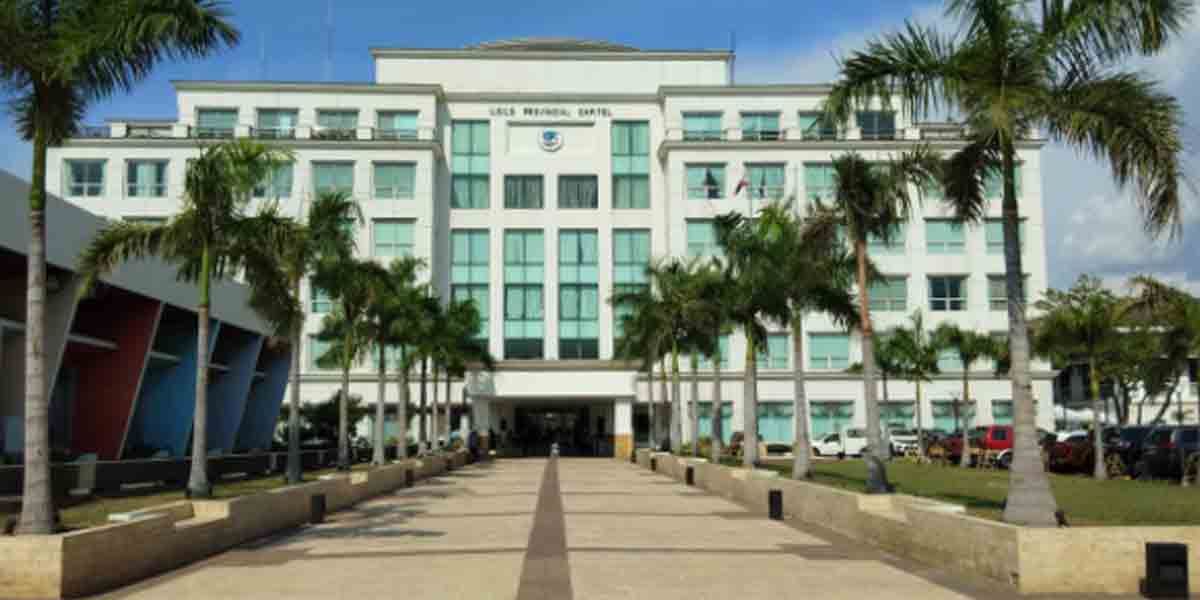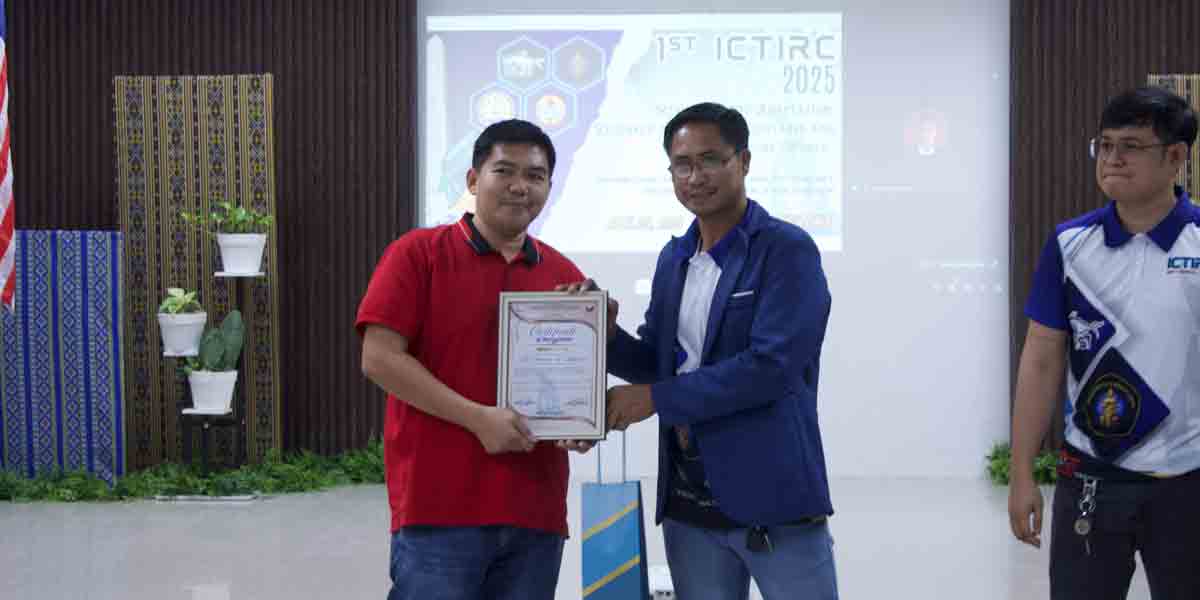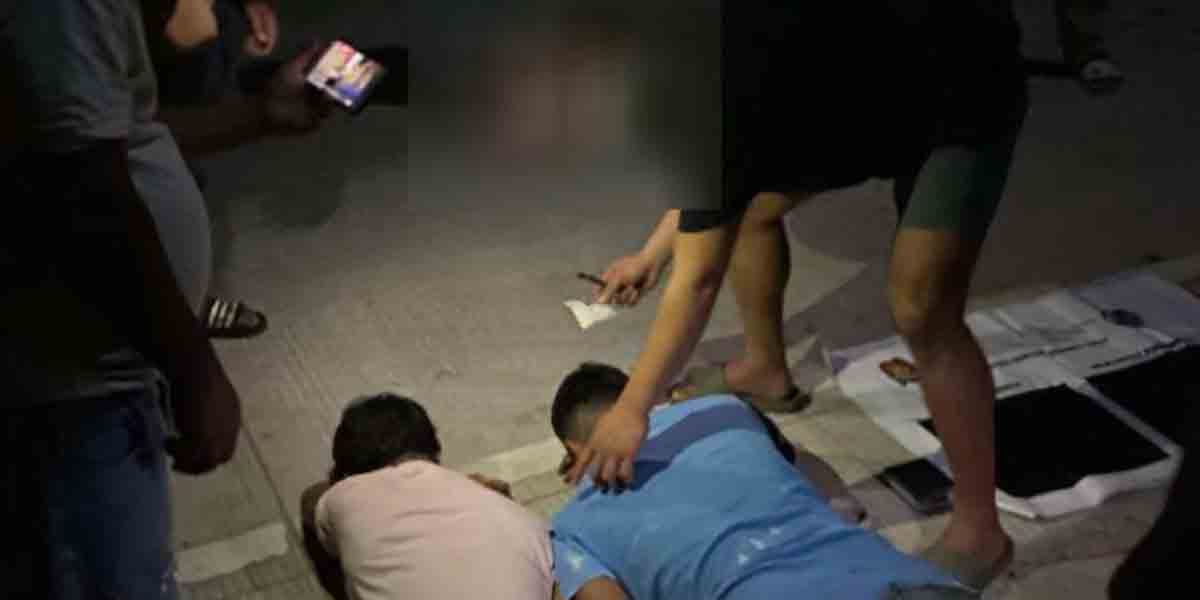 Emperor FlorIntrencherado was a madman, the Court of First Instance in Iloilo ruled. What were the circumstances? When asked by the tribunal of the source of his authority as a ruler, the indicted proudly answered that it was the Holy Spiritthe justiciadivinaas he called itthat made him pursue his ambitions. This dispensation from the divine, he claimed, enlightened his followers to comprehend his cause. As he spoke, he ostentatiously displayed the decorations dangling on his chestkrusngadakowhich symbolized his patriotic fervor, krusngaputi which identified his noble title of being a count, and taranngabulawan which represented his respect for the country.
Emperor FlorIntrencherado was a madman, the Court of First Instance in Iloilo ruled. What were the circumstances? When asked by the tribunal of the source of his authority as a ruler, the indicted proudly answered that it was the Holy Spiritthe justiciadivinaas he called itthat made him pursue his ambitions. This dispensation from the divine, he claimed, enlightened his followers to comprehend his cause. As he spoke, he ostentatiously displayed the decorations dangling on his chestkrusngadakowhich symbolized his patriotic fervor, krusngaputi which identified his noble title of being a count, and taranngabulawan which represented his respect for the country.
A cross-examination conducted by the provincial fiscal may have strengthened the courts position in declaring Intrencherado an insane person. The interrogation produced answers which were beyond comprehension. For instance, the emperor told everyone in the courtroom that upon his sighting of the Halley’s comet in 1910, it became clear to him that Judgment Day was near. That he outlined his extraordinary efforts of redeeming his community with the help of the justiciadivinawas, for a reasonable man, something that had to be taken with a grain of salt. On top of such pronouncements, he heralded the prophecy of the flood which, he claimed, had happened in the town of Leon.
Expectedly, the legal panel of Intrencheradoappealed the decision to the Supreme Court. However, the high court affirmed the verdict of the Iloilo court in its summer session in Baguio andreleased a decision in late April 1927 to confine the emperor to an asylum for the mentally deranged, to which the defendant reluctantly agreed.He was allowed three weeks to settle his affairs.
The courts promulgation agitated his sympathizers to no end. It was the morbid overture to the tragedy that was about to unfold. At around 7:00 in the morning of May 13, 1927, a group of 300 men, believed to be cohorts of Intrencherado (known in the press as Intrencherandistas), assembled at the town plaza of Victorias, Negros Occidental. Fifteen minutes later, they marched to the municipal building and stormed the offices in search for the local officials. The leader of the assault, PolicarpoMontarde, attempted to occupy the town hall after having been outraged at the absence of his requested audience. Order was only restored after the arrival of forces from the Philippine Constabulary and after casualties on both sides were reported.
Intrencherado denied having a hand in the commotion across Guimaras Strait for the logical reason that he was in his thatched home in Jaro at the time of the incident. Nowfed up by his lies and his radical teachings against the rich, the Chinese merchants, and all who did not unite to free the poor,the police started arriving in his house in the afternoon of May 13 to prevent him from escaping. The following day, his supporters flocked in front of the “palace”, equipped with deadly weapons, ready to die a martyrs death for their leader.
Journalist Carroll Alcott described the tense-filled scene in his memoir: At the little barrio where Intrencherado had his headquarters, two companies of constabulary, or about three hundred men, with machine-guns mounted and ready for action, faced several thousand followers of the ex-sergeant [referring to the emperor]. The latter were armed with bolos, pitchforks, Moro krisses and a sprinkling of firearms. Only the width of the narrow main street of the barrio separated the two lines, at the end of which stood Intrencherado, in full regalia, on the veranda of his home. A single shot would have started a general massacre.
Newspapers overseas picked up the story for their next issue. Iloilo was under the spotlight.






















